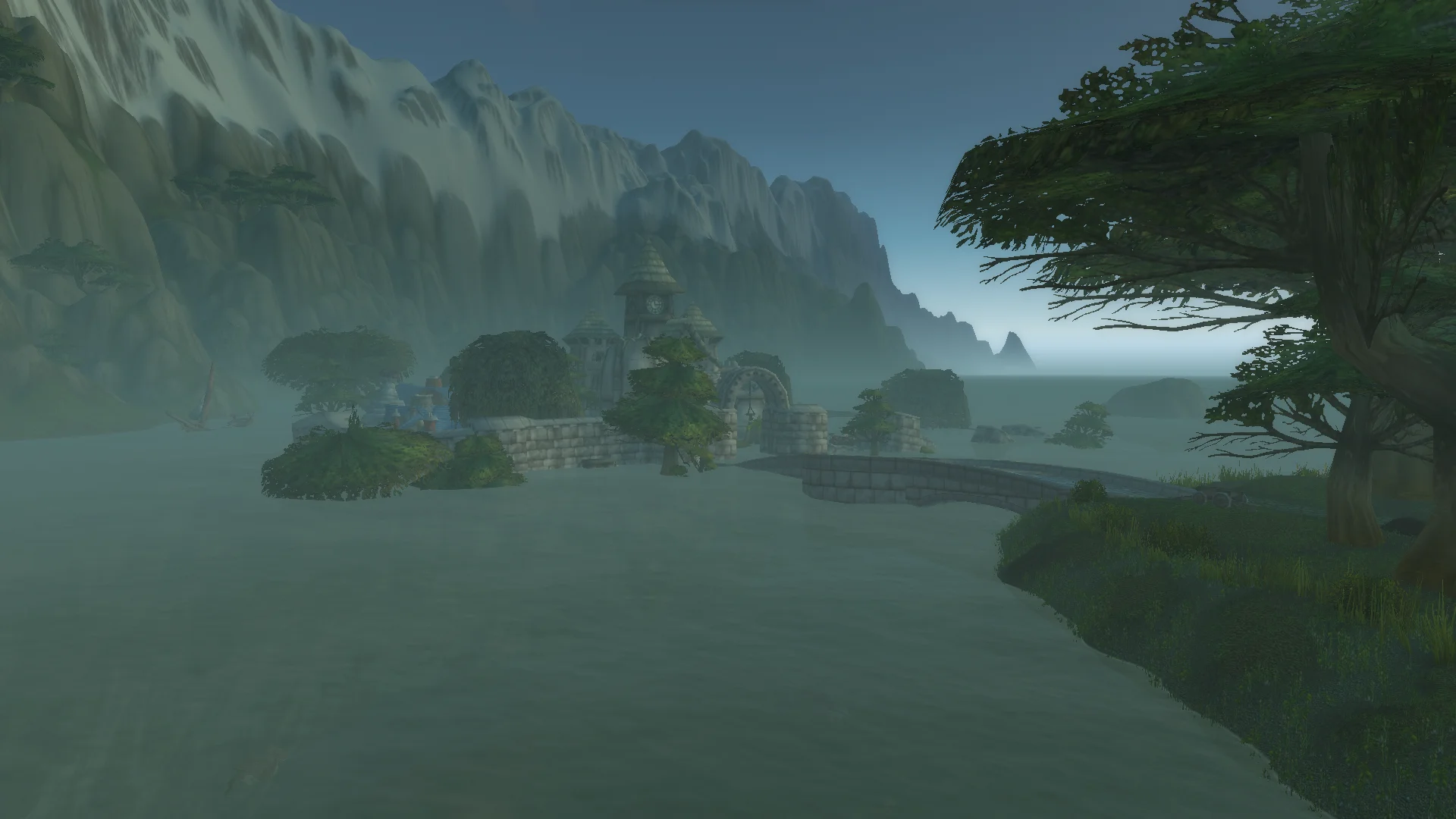
Wetlands - Swampy and marshy region
The Wetlands: A Historical Overview
The Wetlands, located in the northern part of the Eastern Kingdoms, is a swampy and marshy region known for its treacherous terrain and frequent rain. It has played a significant role in the history of Azeroth, especially during the First and Second Wars. This article delves into the key events that have shaped the Wetlands throughout the lore of World of Warcraft.
The Founding of Menethil Harbor
Menethil Harbor, a key location in the Wetlands, was established as a vital port city. Named after the Menethil family, rulers of the kingdom of Lordaeron, the harbor served as an essential trade and travel hub, connecting the Wetlands with other regions like Theramore and Dustwallow Marsh.
The First War
During the First War, the Wetlands remained relatively untouched by the conflict that devastated the Kingdom of Stormwind. However, its strategic location began to draw attention as the conflict ended, and refugees from Stormwind made their way north seeking refuge.
The Second War
The Wetlands gained prominence during the Second War when the Orcish Horde, under the leadership of Orgrim Doomhammer, invaded the Eastern Kingdoms. The Horde sought to use the Wetlands as a pathway to reach the kingdom of Khaz Modan and its rich resources.
The Battle of Grim Batol
One of the most significant battles in the Wetlands occurred at Grim Batol, a once-dwarven stronghold taken over by the orcs. The Alliance, led by Anduin Lothar, aimed to drive the orcs out. The battle was fierce, but the Alliance emerged victorious, forcing the Horde to retreat.
Dragonmaw Clan
During this time, the Dragonmaw Clan, a faction of the Horde, captured the red dragon queen Alexstrasza and used her brood to bolster their forces. Grim Batol became their stronghold, leading to further conflicts in the region.
Post-Second War and the Dark Iron Dwarves
After the Second War, the Wetlands saw continued strife. The Dark Iron Dwarves, an offshoot of the dwarven race, sought to reclaim Grim Batol. Their activities in the region led to further destabilization and conflict.
The Cataclysm
The Cataclysm, a world-altering event caused by the return of Deathwing, drastically changed the Wetlands. The landscape was torn apart by earthquakes and floods, Menethil Harbor was partially submerged, and new threats emerged from the depths of the swamps.
The Twilight's Hammer Cult
In the wake of the Cataclysm, the Twilight's Hammer Cult, followers of Deathwing, became active in the region. They sought to further their dark master's goals, causing chaos and destruction.
The Rise of the Wildhammer Clan
The Wildhammer Clan, a group of dwarves known for their gryphon riders, began to establish a more prominent presence in the Wetlands post-Cataclysm. Their stronghold, Dun Modr, became a critical base of operations in the ongoing fight against the Horde and other threats.
Recent Developments
In more recent times, the Wetlands have seen continued conflicts between the Alliance and the Horde. The strategic importance of Menethil Harbor and the resources in the region keep it a focal point of military operations.
The Alliance Efforts
The Alliance has made significant efforts to rebuild and fortify Menethil Harbor and other settlements, ensuring they remain bastions of resistance against Horde incursions.
The Dragon Aspects
The presence of dragons, particularly the red dragonflight, continues to be a significant aspect of the Wetlands. The liberation of Alexstrasza and her brood from Grim Batol marked a turning point in the struggle against the Dragonmaw Clan.
Conclusion
The Wetlands, with its rich history and strategic importance, remains a pivotal region in the World of Warcraft universe. From the battles of the Second War to the devastation of the Cataclysm and the ongoing struggles between the Alliance and the Horde, the Wetlands continue to be a land of conflict, resilience, and enduring significance.
Recommended content
Netherstorm
Explore the arcane-infused Netherstorm, a shattered land filled with floating islands and mysterious technology left behind by the Ethereals.
Dark Iron Dwarf
Learn about the resilient and fiery Dark Iron Dwarves, a fierce faction of Dwarves hailing from Blackrock Depths and the Black Anvil.
Zul'jin
Uncover the history and legend of Zul'jin, the cunning Warlord of the Amani trolls, and his role in Azeroth's conflicts.
Uldum
Embark on an adventure to the sun-soaked sands of Uldum, a land of ancient ruins, titanic constructs, and hidden secrets.

